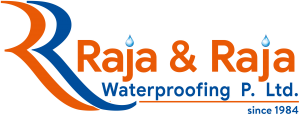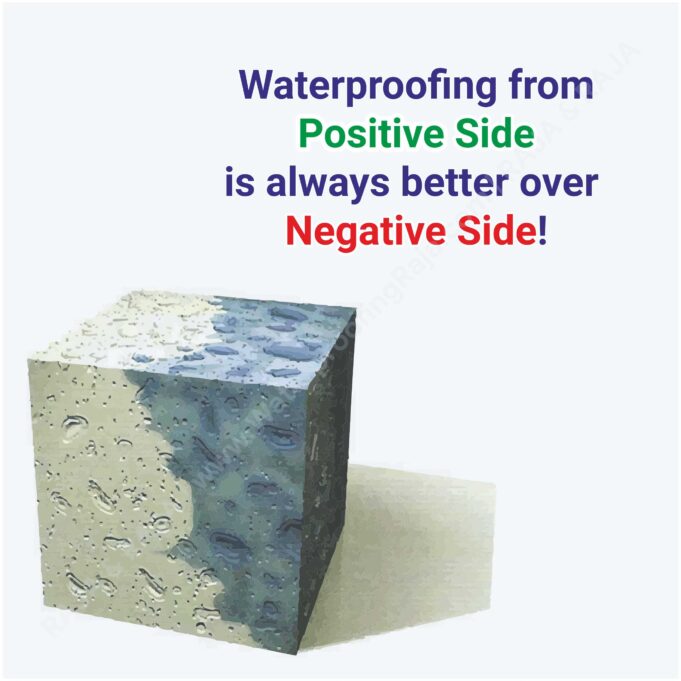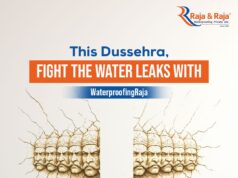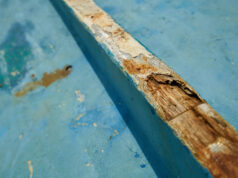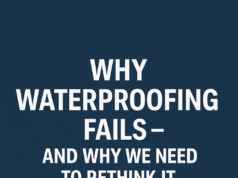Before understanding why Positive Side Waterproofing is preferred, Let us know what Positive and Negative Side Waterproofing is.
Positive Side Waterproofing
Positive side Waterproofing refers to applying Waterproofing materials on the side of the structure exposed directly to water. Positive Side Waterproofing prevents water from penetrating the surface. It protects the structure from water and its forms, such as moisture ingress. For instance, it is commonly used on the external walls of basements, retaining walls, and rooftops, which act as a shield against water damage.
Key Highlights of Positive Side Waterproofing
- Positive Side Waterproofing acts as the first line of defence, stopping water at its source, which is usually a preventive measure.
- Positive side methods typically involve membranes, coatings, and crystalline or integral Waterproofing during construction.
Negative Side Waterproofing
Negative side Waterproofing involves applying Waterproofing materials on the side opposite to where hydrostatic pressure (the force exerted by a fluid at equilibrium at a given point within the fluid) occurs. Negative Side Waterproofing is usually done on the interior surface to stop water from penetrating the structure. It’s common in remedial applications for basements and tunnels.
Key Highlights of Negative Side Waterproofing
- Negative-side Waterproofing addresses the problem after the water has infiltrated the structure, which is usually a remedial measure.
- Negative side methods often use crystalline products, injection systems, or hydrophobic materials applied internally.
Comparison Between Positive and Negative Side Waterproofing
| Differentiating Features | Positive Side Waterproofing | Negative Side Waterproofing |
|---|---|---|
| Application Location | Water-facing side of the structure | Opposite side of water pressure |
| Functionality | Prevents water entry at the source | Stops water after infiltration |
| Material Options | Membranes, coatings, integral systems | Crystalline compounds, injection systems |
| Ease of Maintenance | Requires minimal maintenance | Regular inspections needed |
| Durability | Long-lasting solution | Can degrade over time under pressure |
| Cost-Effectiveness | Higher upfront cost, lower lifecycle cost | Lower initial cost, higher maintenance cost |
| Best Usage Scenarios | New construction, proactive solutions | Remedial measures, inaccessible positive sides |
Why is Positive Side Waterproofing Preferable?
- Primary Protection: Positive side Waterproofing ensures water does not reach the structure and structural steel; sealing the source protects the structural integrity and prevents internal damage like corrosion of the structural steel, mould growth and efflorescence.
- Long-Term Durability: Solutions applied from the positive side withstand the hydrostatic pressure exerted, especially during monsoons and environmental conditions for an extended period.
- Reduced Maintenance: Avoiding the water ingress at the source minimizes the need for interior repairs and ongoing maintenance and reduces long-term costs.
- Enhanced Performance: Surfaces on the positive side are exposed, and material can be properly installed, inspected, and maintained, ensuring optimal performance.
- Comprehensive Barrier: Positive side Waterproofing acts as a complete barrier, unlike negative side solutions that rely on patching water ingress points.
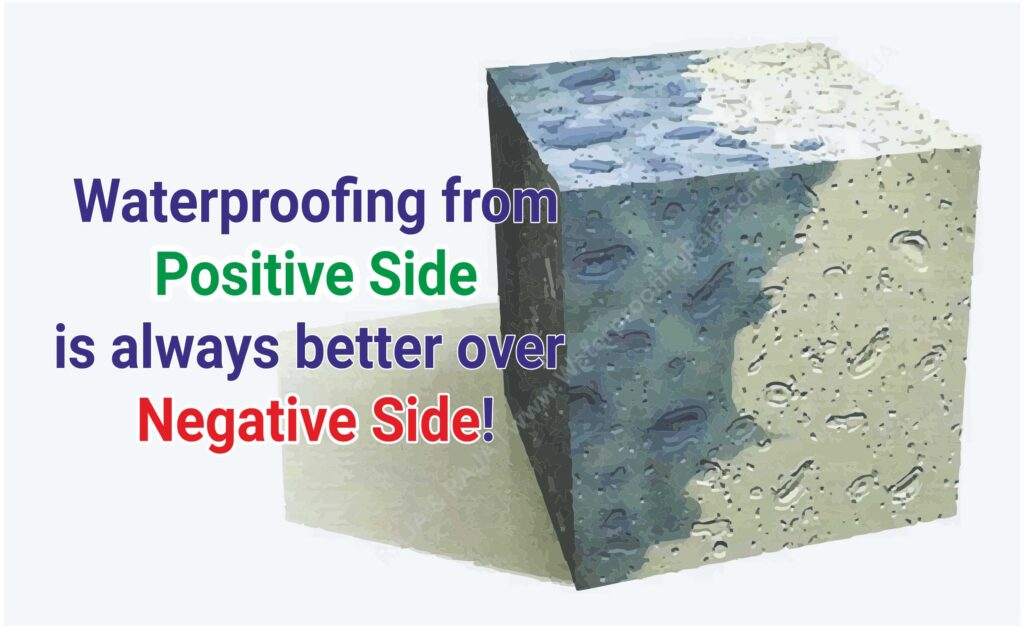
Conclusion
While both methods have their use case scenarios in construction, positive side Waterproofing is capable of delivering prevention in the long term when offered as a comprehensive solution. It safeguards structures from water ingress, minimises risks, and reduces future maintenance costs. Adopting this method during construction ensures the structure remains resilient against water damage for years.
#WaterproofingRaja #WaterproofingPositives #WaterproofingNegatives #WaterproofingFromPositiveSide #WaterproofingFromNegativeSide #InjectionGrouting #Coatings #CrystallineWaterproofing
